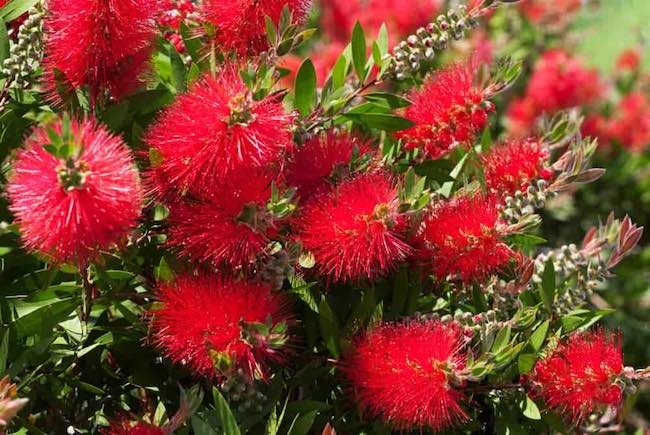Winter Damage To Bottle Bush

In the winter of 2023, many GardenAdvice members reported significant losses of their bottlebrush plants, known scientifically as Callistemon. These plants are typically resilient and can endure a variety of temperatures, but they proved vulnerable to that season’s harsh winter conditions. The following points explain how winter weather can harm bottlebrush plants and offer strategies for minimizing such damage:
- Frost Damage: Frost can harm the leaves and stems of bottlebrush plants. To lessen frost damage, it’s advisable to plant them in well-draining soil and use a frost cloth or blanket for protection during very cold nights.
- Root Rot: This condition can occur in cold, damp environments when the plant’s roots become waterlogged. Preventing root rot involves ensuring well-drained soil and avoiding over-watering in winter.
- Snow and Ice Damage: Accumulation of heavy snow and ice can overload and break the plant’s branches. Regular pruning to strengthen branches and shaking off excess snow can mitigate this.
- Wind Damage: Strong winter winds can break or snap branches. Planting bottlebrush in sheltered spots can reduce wind damage.
- Temperature Extremes: Sudden drops in temperature or extreme cold can also be harmful. Covering the plant with a frost cloth or blanket during cold snaps is beneficial.
To further protect bottlebrush plants in winter, consider these measures:
- Gradually acclimate the plant to colder temperatures by reducing water and moving it to a cooler location.
- Mulch the base of the plant to insulate roots and retain moisture.
- Use a frost blanket or burlap for protection during severe cold.
- Ensure the plant receives adequate water throughout winter.
- Plant in a sheltered spot or employ windbreaks for added protection.
After winter, if the plant shows signs of damage, it’s best to wait until spring before pruning any dead or damaged stems, as new growth may emerge from the base.





